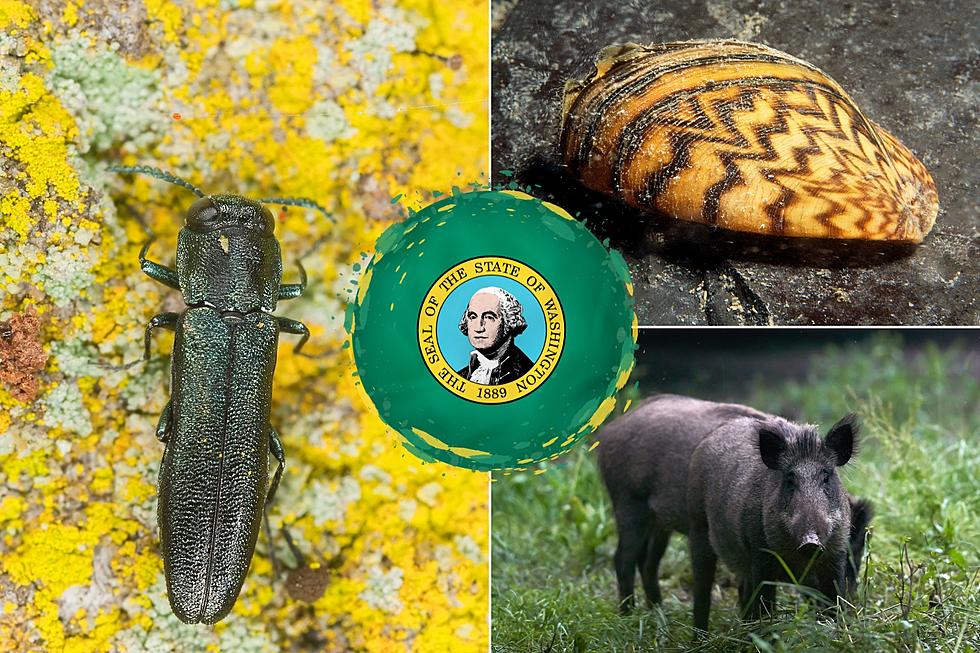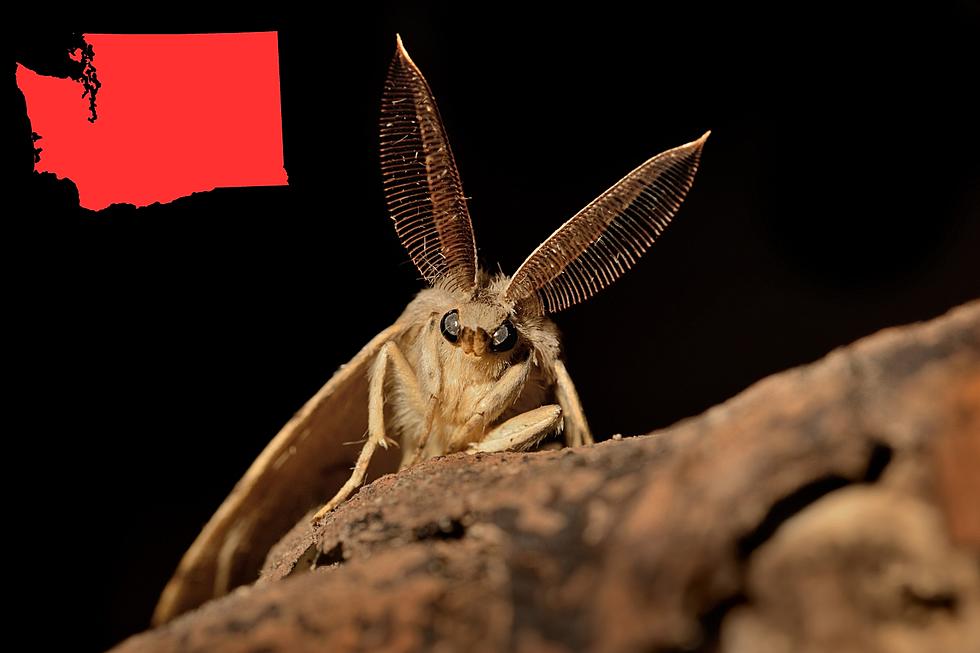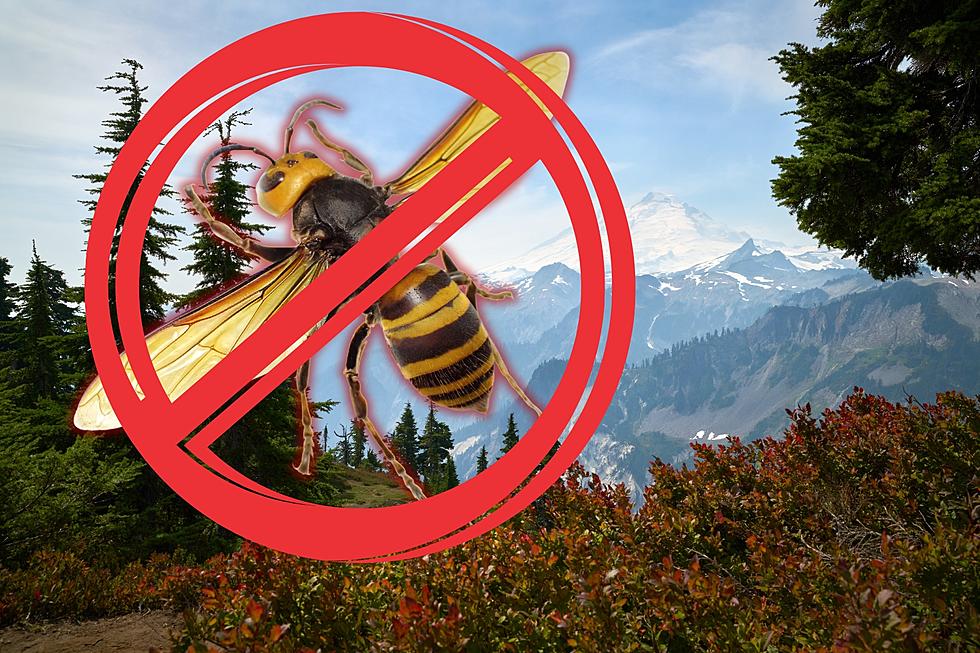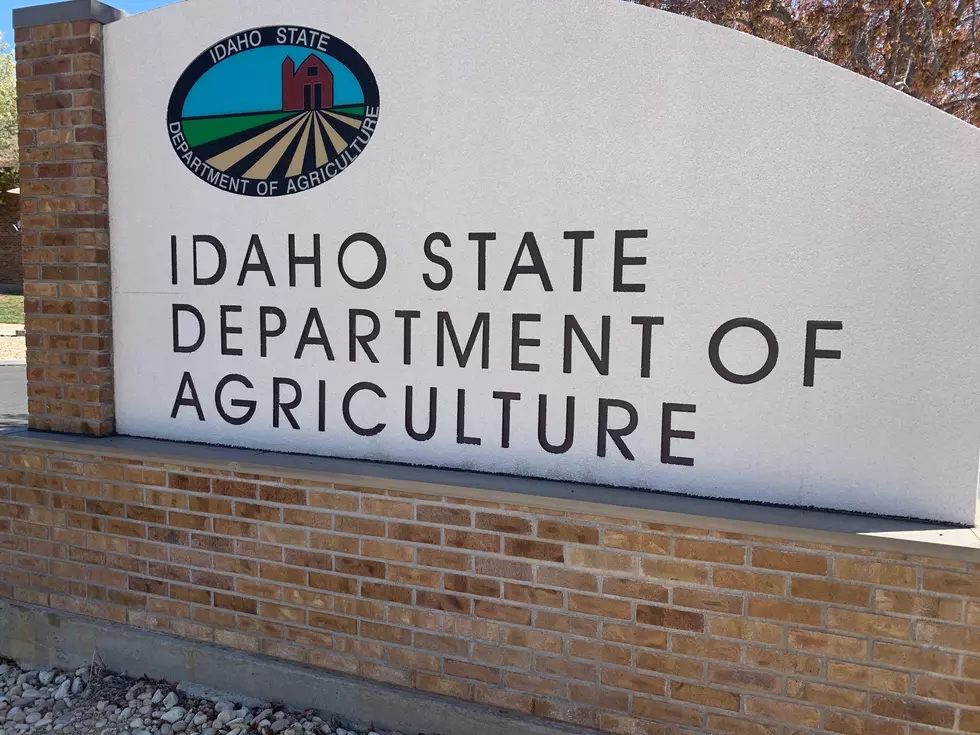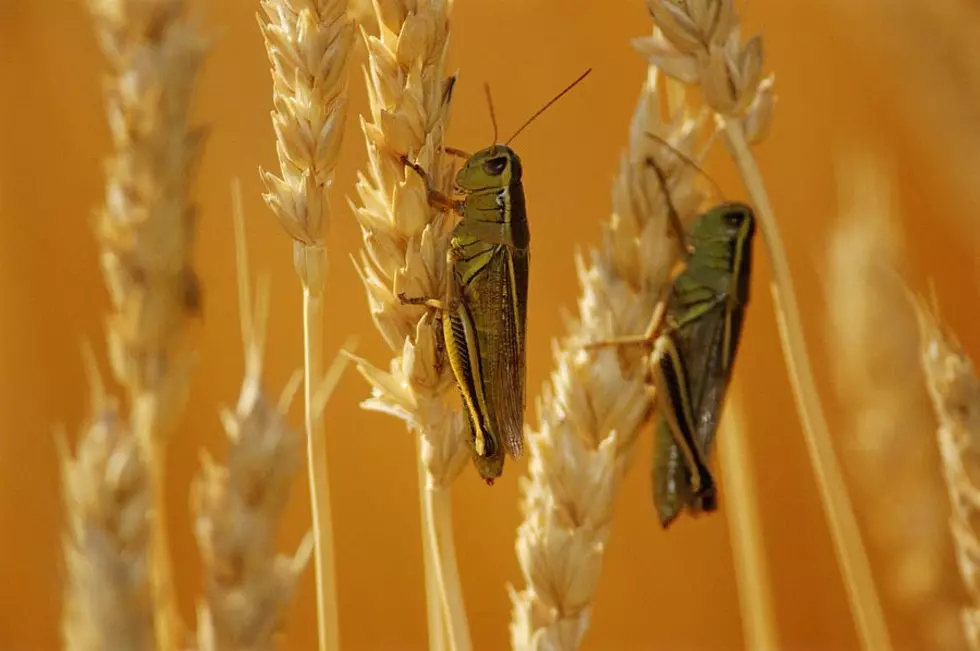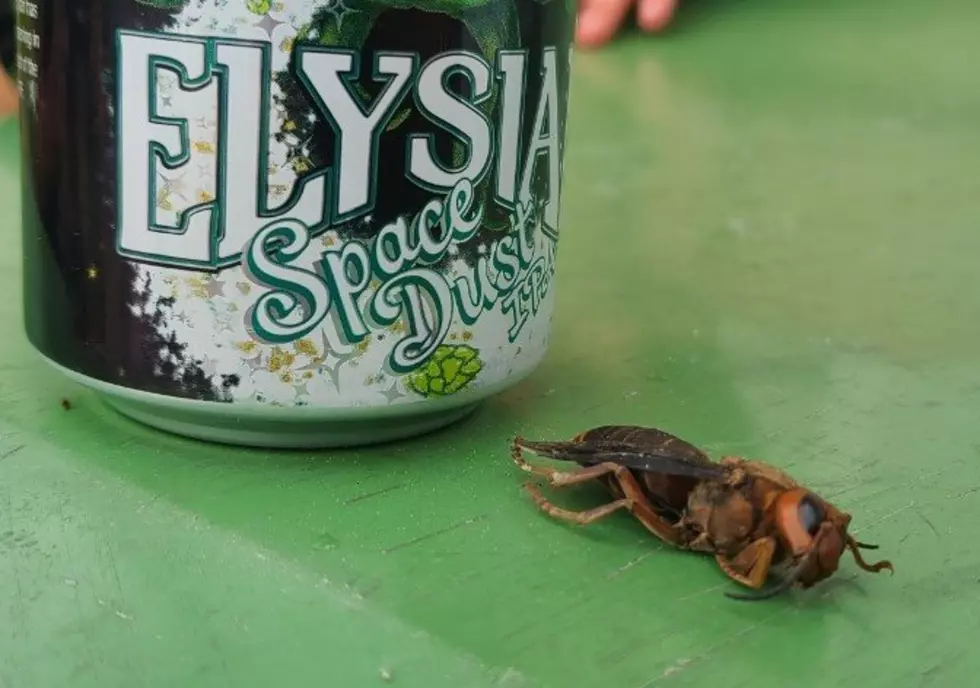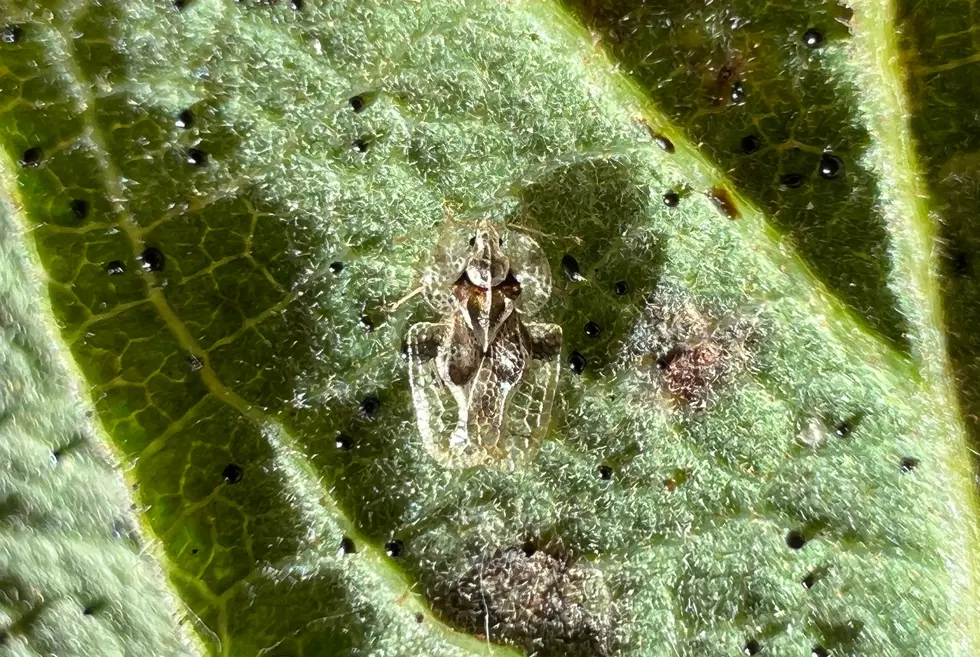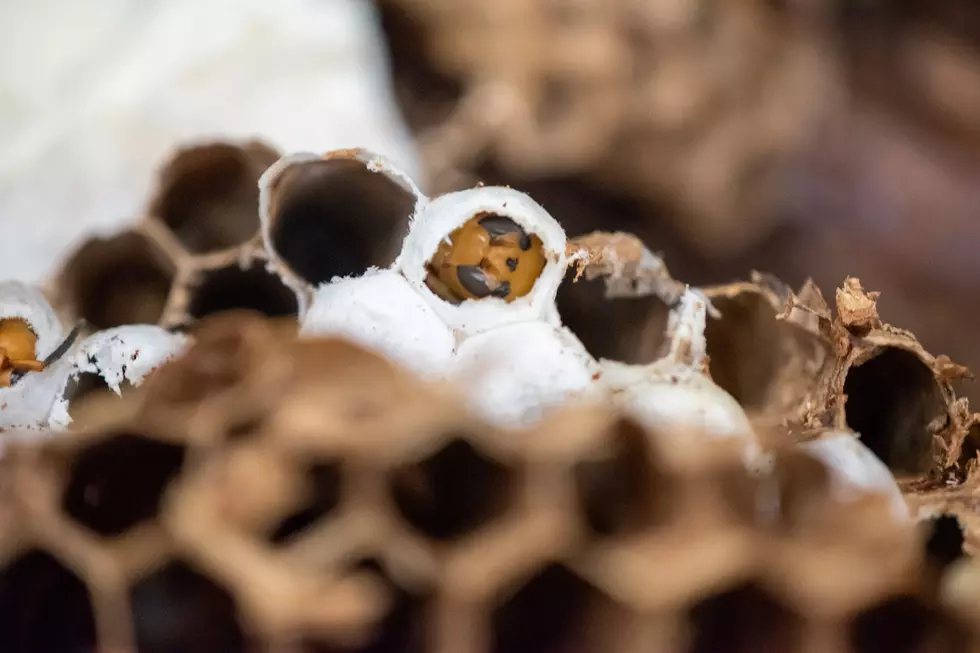
Washington Rolls Out Updated Invasive Species Plan
In late January, the Washington Invasive Species Council approved an updated version of the statewide invasive species strategy. Justin Bush, Executive Coordinator for the Washington Recreation and Conservation Office, said at this point, they’ve only seen old invaders rearing their ugly heads.
"We're seeing invasive muscles, which threaten our irrigation systems and our hydropower, moving further west across the United States. We're also seeing new invasive species, like the Asian Giant Hornet, being introduced not only to Washington but also to North America for the first time."
Part of the issue, Bush noted, is new trade routes coming into the region, which also provide pathways for invasive species. Bush said the state still struggles to understand those pathways, and all involved parties need to be involved if a resolution is to be found. In other words, everyday people still have a role to play in halting the spread of many invasive species.
In fact, the Invasive Species Council's updated five-year plan lists public awareness and mobilization as a major priority going forward. There are more than 200 known invasive species in Washington. Bush's office recently conducted a study that looked at 22 of those species, and what it would mean to jobs and the Ag sector.
"What our study found is that if no action was taken to prevent or manage those invasive species, it would cost us as a state $1.2 billion annually. That's not restoring or mitigating the issue; that's an annual impact to jobs and also to our economy."
Click Here to check out the state of Washington’s five-year invasive species plan.
If you have a story idea for the PNW Ag Network, call (509) 547-1618, or e-mail gvaagen@cherrycreekmedia.com
More From PNW Ag Network
